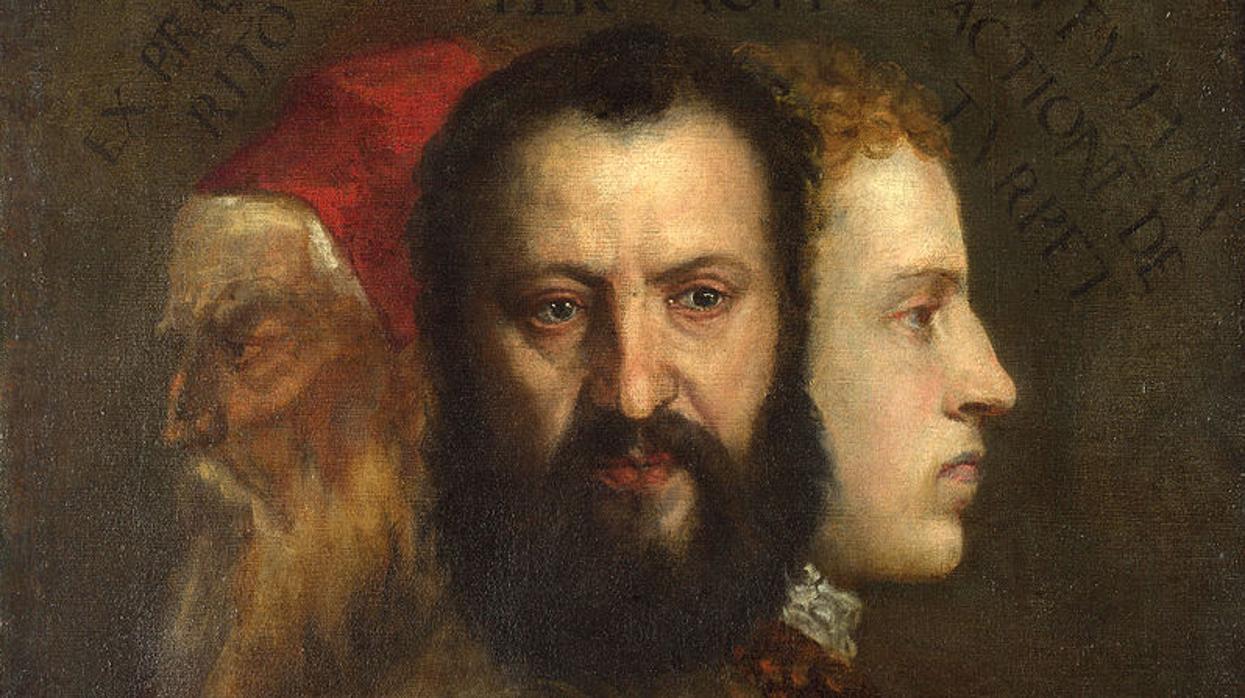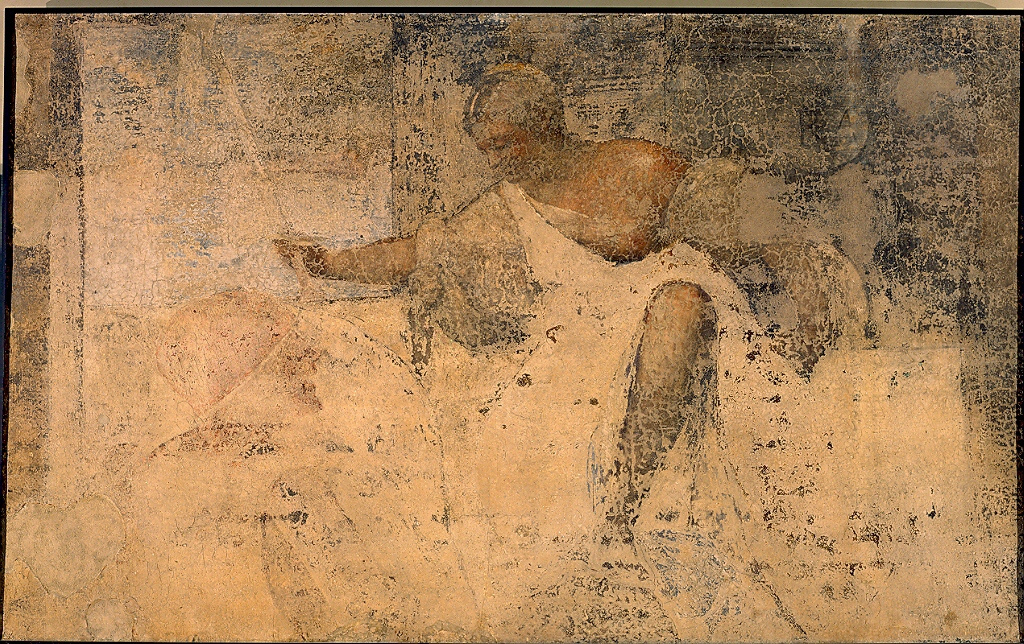
Titian, a life of art and good fortune
Titian is regarded as an exceptional man in many respects, such as the calibre of his paintings, the quality of several inventions, and the fact that he stood out from other like-minded artists because he enjoyed a comfortable life in which he always had enough work, fame or income.
Titian, life and art
Tiziano Vecellio was born in Pieve di Cadora in the Veneto region around 1487. At the age of nine he was sent to a workshop in Venice to begin his apprenticeship in the art of mosaic. The young artist progressed to become a pupil of the painter Giovanni Bellini (c. 1430-1516) in his Venetian workshop. A contemporary of his, Giorgione da Castelfranco (1475-1510) who was still an apprentice, became another future star. Both Titian and Giorgione's influences were strong, especially around 1504 when they collaborated on the façade of the Palazzo Fondaco dei Tedeschi. When Giorgione died at the age of 30, Titian reached the first class of art with works such as the cycle of frescoes he created around 1511 for the School of the Saints in Padua and the Baptism of Jesus, now in the Capitoline Museums. His first major public commission was the altarpiece of the Assumption of 1518, used for the main apse of the Venetian church of dei Frari (monks). In this work, action and movement draw the viewer's gaze from darkness to light.

Titian, La Giustizia in veste di Giuditta giustizia dipinto, 1508 - 1509
Titian's fame quickly spread throughout the Veneto region and he became the undisputed master of painting in Venice, especially as artists of his generation migrated to other cities such as Florence and Rome in search of wealth. In addition to private fees, he received substantial public fees from the government of the Republic, which earned him a generous annual income and many tax benefits. As he matured, he began to diversify his paintings, exploring religious, historical and mythological subjects. His talent for portraiture was reflected in large-scale paintings, and his wealthy clients also began to commission many such works, especially mythological subjects. Despite invitations to other cities, Titian refused to leave Venice, as there was no one in the city of canals who could replace him. Things changed when his wife Cecilia died in 1530, leaving him with two daughters and two sons. This tragedy marked the beginning of a change in his style that took on more dramatic overtones towards the end of his life.
Titian's technique
Titian was an innovative painter. One of his favorite techniques was the use of colore (or colorito). This means using juxtapositions of colors to define the composition rather than outlines. Colore, thanks to artists such as Titian, emphasized the importance of defining form through line and was the opposite of the Disegno technique, which was particularly associated with Venetian art, one characteristic being the way it handled the effect of light on color. The artist's paintings often had solid substrates in earth tones, to which Titian applied successive layers of bright translucent colors (glazes). He sometimes mixed layers and even blended adjacent colors more subtly with his fingers than with a brush. He would then apply a final layer of distinctive color in precise places with loose brushstrokes. The combination of these techniques is what gives Titian's paintings their vibrant coloring and illusion of depth. Finally, this technical skill was coupled with the artist's concern to give his figures tangible emotions that helped to create a certain mood in the composition as a whole.
Titian beyond portraiture
Around 1551, Titian and Philip II, in Augsburg, studied the Poetry, six works of mythological sensation that the painter delivered to the monarch between 1553 and 1562, as well as fundamental aspects of Venetian art theory (There was to speak of the precedence of color, etc.). figure. Great works belong to this current, in particular Venus of Urbino and Danae receiving a golden shower, which show Titian's important contribution to the treatment of the reclining female nude that can be found in the Prado Museum.
As we shall see, his status as a portraitist did not prevent him from developing a body of work that reflected his wide interest in mythology.

Titian, Danaë and the Shower of Gold, 1544 - 1546
This marvelous work can be enjoyed, as we mentioned, in the Prado Museum in Madrid. If you are interested in discovering more about Titian, we recommend Prado Art Guide, an essential art guide to discover and learn the essentials of the greatest works, artists and styles in the Prado Museum, including Titian, that is now available on Amazon.
Buy it here: https://amzn.to/3E5BiZo
